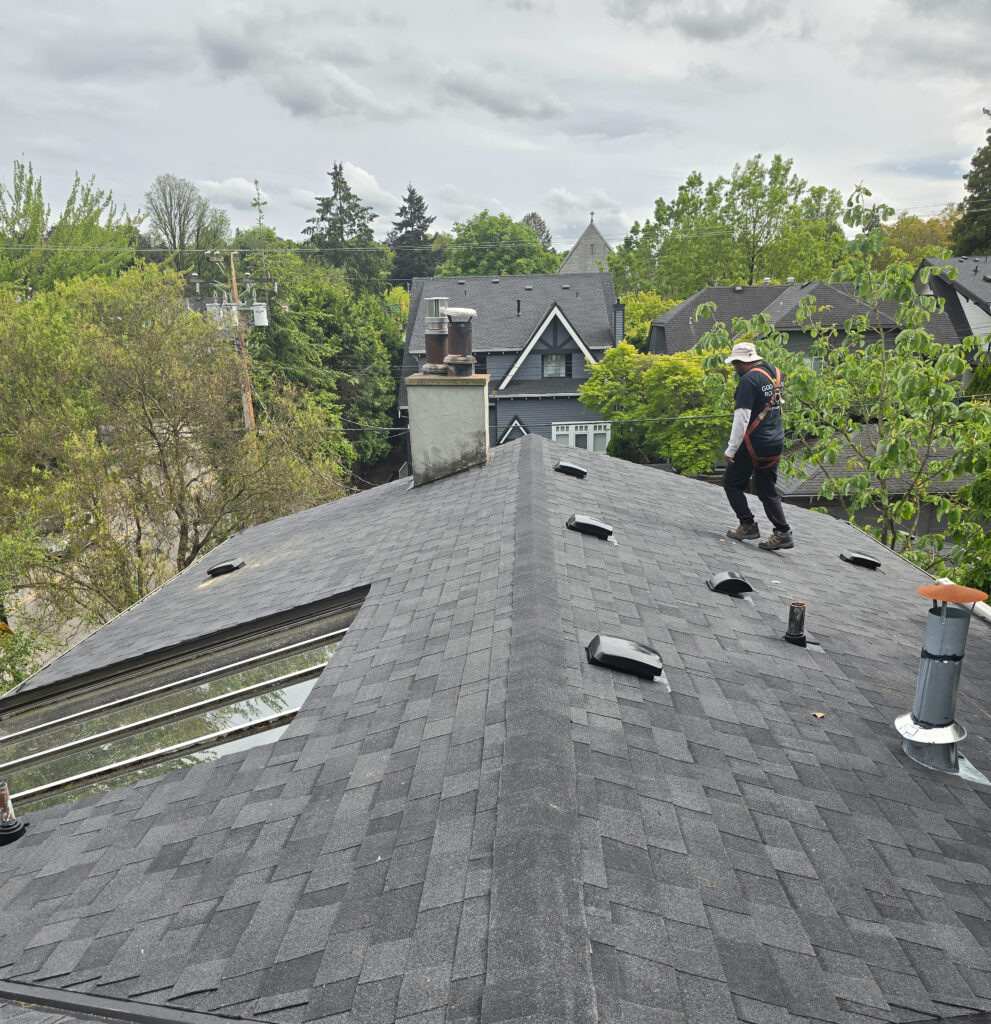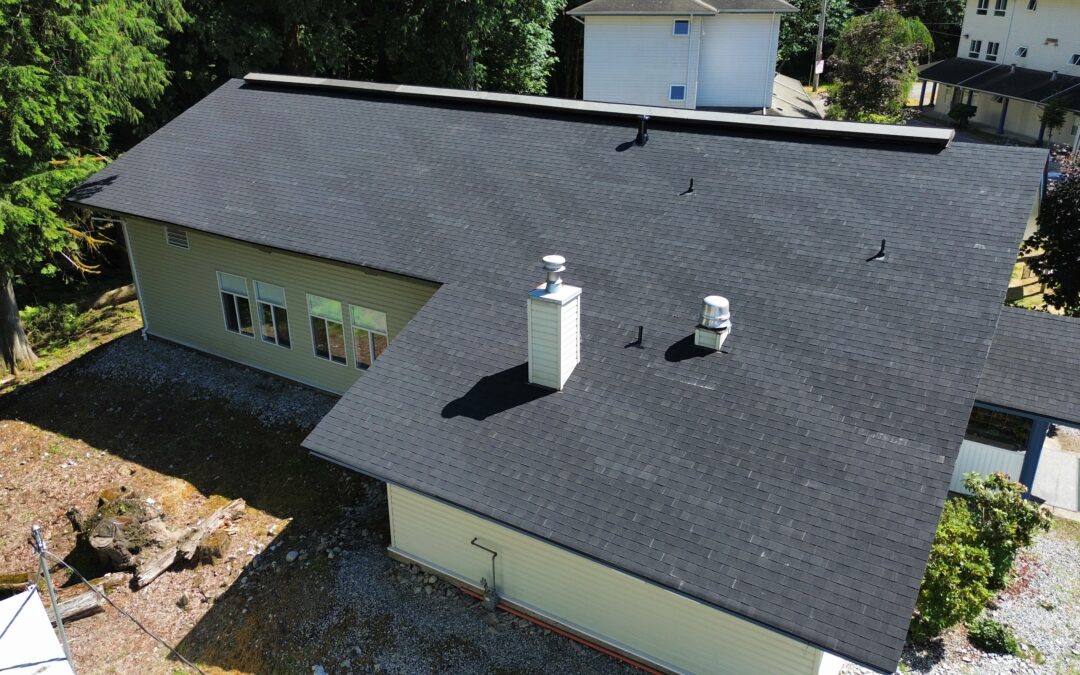Older homes in New Westminster have a charm that’s hard to resist. However, when it comes to their roofs, charm alone isn’t enough. Aging roofs often come with hidden issues that modern homes don’t face—and one of the biggest culprits is poor roof vents.
If you live in an older home, it’s important to understand why extra attic roof ventilation matters more than ever. Without enough roof vents, you risk mold, sky-high energy bills, and costly repairs down the road. Let’s dive into why adding or improving your roof vents could be one of the smartest decisions for protecting your home.
Why Roof Vents Matter for Older Homes
Roof vents are the unsung heroes of any healthy home. They allow your attic to “breathe,” pushing out moist, hot air and pulling in fresh, cool air. For older roofs, this process is even more critical. As materials age, they become less resistant to damage from trapped heat and moisture.
Modern houses are usually built with better attic roof ventilation, including proper ridge vents, gable vents, and soffit vents. Unfortunately, many older homes in New Westminster were constructed before these ventilation systems became standard.
7 Critical Reasons Older Roofs Need Extra Ventilation
1. Prevents Moisture Buildup
Without enough roof vents, moisture from daily activities like cooking and bathing can get trapped in your attic. Over time, this leads to mold, mildew, and rot.
According to the Canada Mortgage and Housing Corporation (CMHC), proper attic ventilation is essential for managing moisture and maintaining a healthy indoor environment source.
Soffit vents and ridge vents work together to create a steady airflow that keeps moisture levels in check.
2. Extends the Life of Roof Insulation
Your roof insulation protects your home from extreme temperatures. However, insulation loses its effectiveness when it becomes damp. Without good roof vents, moisture can quickly saturate insulation, leading to expensive energy losses.
By improving your attic roof ventilation with well-placed gable vents and soffit vents, you can extend the life of your insulation and improve your home’s energy efficiency.
3. Protects Against Mold and Mildew
Older roofs are more vulnerable to mold problems, especially when moisture sits for long periods. Proper roof vents help circulate air and remove excess humidity.
Health experts warn that poor indoor air quality, often caused by moisture and mold, can significantly affect your health. A well-ventilated attic is your first line of defense.
4. Lowers Energy Costs
Good roof vents do more than protect your roof—they can lower your energy bills too. In the summer, they allow trapped hot air to escape, reducing the strain on your air conditioner. In winter, they help keep your attic temperature closer to outdoor conditions, which minimizes ice dam formation (more on that soon).
By improving attic roof ventilation, you could see real savings on your heating and cooling costs every month.
5. Supports Structural Integrity
When warm, moist air is allowed to stagnate, it can warp wood framing, rust nails, and compromise the very structure of your roof. Older roofs, already weakened by time, are particularly at risk.
Ridge vents, gable vents, and soffit vents together create a system that helps preserve your roof’s strength for years to come.
6. Reduces Ice Damming in Winter
New Westminster’s winters may not be the harshest, but temperatures often dip low enough to cause ice dams. Ice dams form when snow melts unevenly and refreezes at the roof’s edge. Poor roof vents are often to blame because they allow warm air to collect under the roof, melting the snow too quickly.
Proper attic ventilation plays a major role in preventing ice dams by maintaining a cold, uniform roof temperature. Without enough airflow, warm air from inside the home can cause snow to melt unevenly and refreeze at the edges, leading to costly ice buildup.
Proper attic roof ventilation and soffit vents can keep your roof cool and your home safe.
7. Enhances Indoor Comfort
If your home feels stuffy in summer or chilly in winter, the problem might not be your HVAC system—it could be your attic.
Roof vents help stabilize indoor temperatures by regulating attic heat. When paired with solid roof insulation and effective ridge vents, they can dramatically improve your comfort year-round.
What Are the Best Types of Roof Vents for Older Homes?
Choosing the right combination of roof vents is key for older houses. Some of the best options include:
- Ridge vents: Run along the peak of your roof, allowing hot air to escape.
- Gable vents: Installed on the gable ends of your attic to increase cross-ventilation.
- Soffit vents: Found under the eaves, pulling cool air into the attic.
For the best results, many experts recommend combining ridge vents with soffit vents to ensure smooth airflow from intake to exhaust.
If you want to learn more about different types of vents and how each one works, check out 7 Types of Roof Vents You Should Know About. It’s a helpful guide to understanding which vent options might be best for your home.
Signs Your Older Roof Needs Better Attic Roof Ventilation
Watch out for these signs that your home needs better roof vents:
- Noticeable mold smell inside the house
- Excessively hot attic in summer
- Icicles or ice dams forming in winter
- Peeling paint or warped shingles
- Higher-than-normal energy bills
If you notice any of these problems, it’s time to have a professional inspect your attic’s ventilation system.

Conclusion
Older homes in New Westminster hold so much history and beauty—but they also need special care to stand the test of time. Years of weather exposure, aging materials, and outdated construction methods can leave older roofs vulnerable to hidden problems. One of the easiest and most effective ways to protect your investment is by upgrading your roof vents and ensuring proper attic roof ventilation.
With the right roof vents in place, you can prevent costly issues like mold growth, water damage, warped shingles, and even rising energy bills. Good ventilation also helps maintain your roof’s structure, extend the life of your insulation, and improve the overall comfort of your home through every season.
The benefits of having the right roof vents are simply too important to ignore. A small investment today can save you thousands of dollars in future repairs—and help preserve the charm and value of your home for years to come.
If you want your home to stay strong, safe, and comfortable, make roof vents a priority today!

